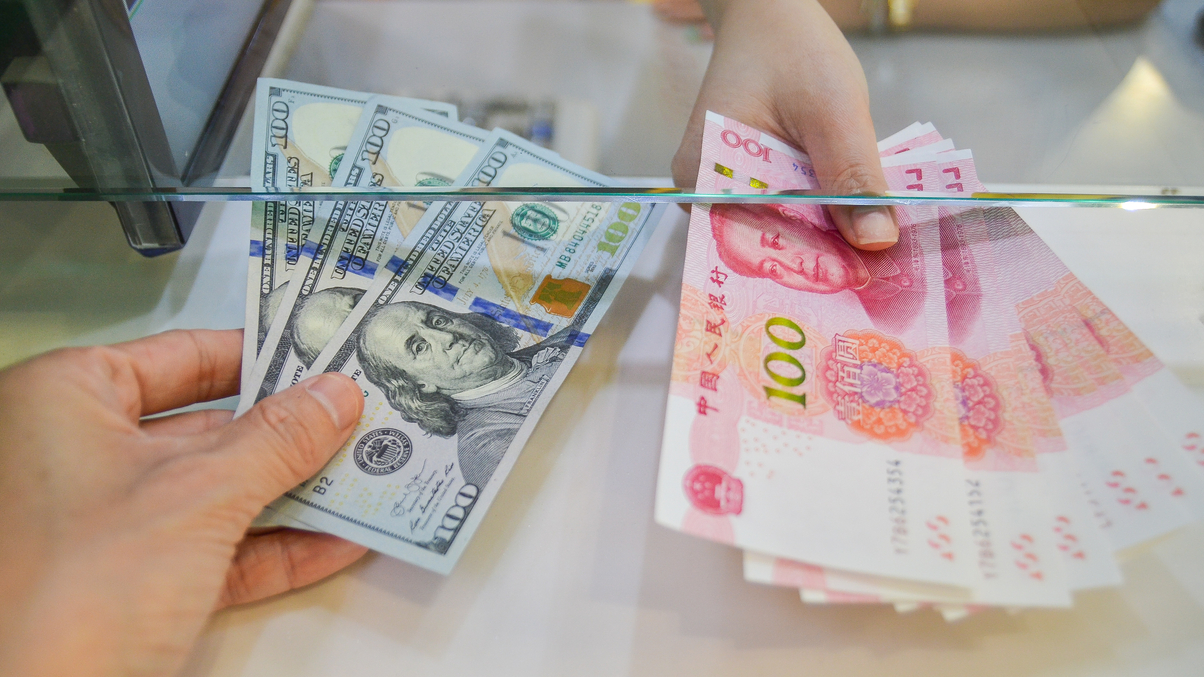Market Views: Could the RMB dislodge the US dollar as a reserve currency?
As central banks around the world hold record levels of reserves in Chinese renminbi, experts are split on whether the currency will be a rival to the US dollar.

The internationalisation of the Chinese yuan (CNY or RMB) has opened up opportunities for asset classes such as Chinese bonds, but experts told AsianInvestor that there are still some challenges to overcome before the currency can rival the US dollar (USD).
Sign In to Your Account
Access Exclusive AsianInvestor Content!
Please sign in to your subscription to unlock full access to our premium AI resources.
Free Registration & 7-Day Trial
Register now to enjoy a 7-day free trial—no registration fees required. Click the link to get started.
Note: This free trial is a one-time offer.
¬ Haymarket Media Limited. All rights reserved.


